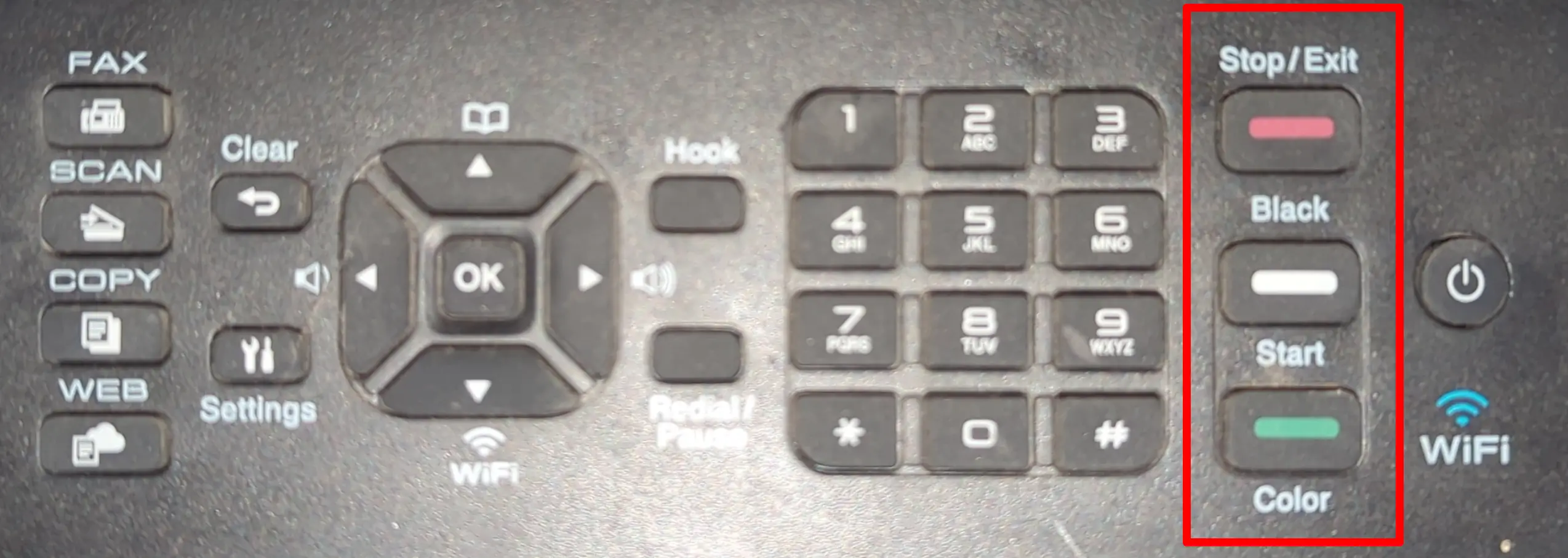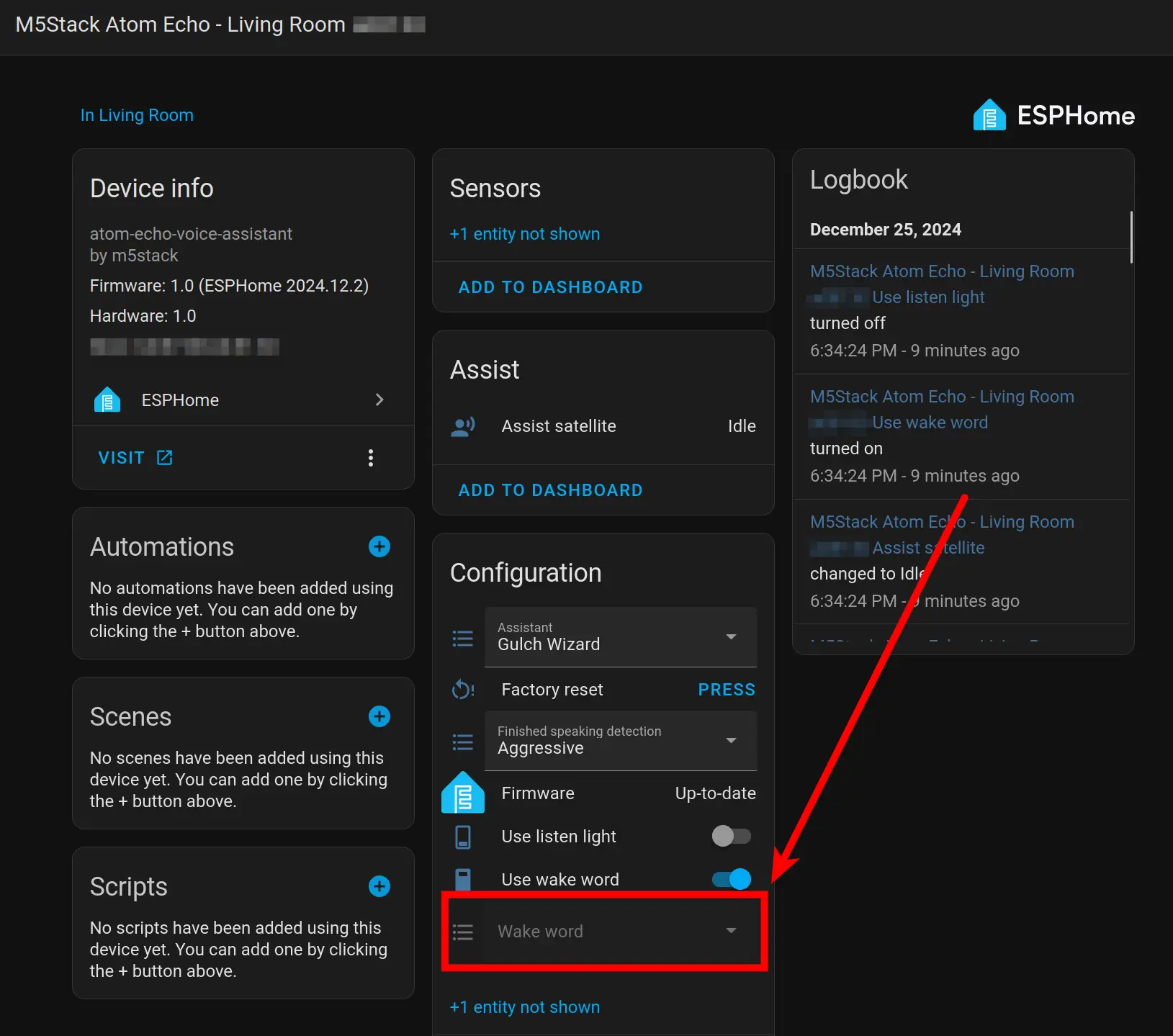A few of you mentioned the "indent" - I never even saw it until I zoomed way in on the photo I took after you mentioned it. I can't even see it in person. My vision isn't great, but I think that suggests even more strongly a bad design.
mike_wooskey
I agree, if you have POTS then you can send a fax if the printer has a modem installed. I don't happen to have a POTS landline.
As others said, Searxng is a search proxy. Any given instance can be configured to return results from vary many sources. Why would the results vary with repeated identical search? Not sure, but perhaps a bit of randomness is in the algorithm of which sites yo return results from, or which order to display them in. Also possible: latency may vary and so for each search a different result set is retrieved first.
Thanks for that explanation, @rikudou@lemmings.world!
Googled earned about $325B in 2024. $30M is about .009% of that. If you earn $50K per year, it would be like you had to pay $4.50 for committing a crime.
It's been a few weeks, @just_another_person@lemmy.world ... Did you release anything? Any hints as to what may be coming?
Cryptpad is also self-hostable, if that's your bag.
Wow that's a lot to process! Thanks for the explanations, #sga@lemmings.world !
You suggested a 20b model but OP said they have 8G VRAM (and 32G RAM). I thought a [very] rough approximation of VRAM size needed for a model was 1:1 with billion parameters (so 20G VRAM in this example). It seems I'm wrong. What's a better approximation or heuristic to use?



IT-Tools is kind of fun: a web page full of common tools, converters, references, cheat sheets, etc.